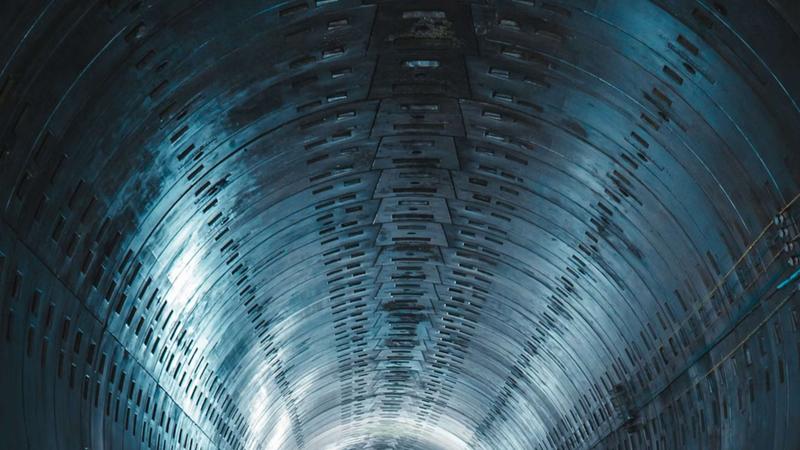Published 09:39 IST, December 11th 2024
New York to London in 54 minutes? 5 Things to Know About $20 Trillion Transatlantic Tunnel Plan
Recent advancements in vacuum technology have revived interest in Transatlantic tunnel. Trains operating in a vacuum could reach up to 3,000 miles per hours.

New York: Proposals for a transatlantic tunnel linking the United States and the United Kingdom have re-emerged, capturing public interest with the promise of drastically reduced travel times. This ambitious project aims to connect New York and London in just 54 minutes, a leap forward in international travel that could reshape how we move between continents.
A Monumental Engineering Challenge
The idea of a transatlantic tunnel is not new; it has been discussed for decades. This tunnel would stretch over 3,000 miles, making it significantly longer than the Channel Tunnel, which links France and the UK. The Channel Tunnel is 23.5 miles long and took six years to build, highlighting the immense time and resources needed for a project of this scale.
Innovative Technology on Horizon
Recent advances in vacuum technology have revitalized interest in this tunnel. Trains that travel in a vacuum can reach speeds close to 3,000 miles per hour, which would allow for cut travel time by 10X Maybe. Often referred to as "hyperloops," these trains operate with minimal air resistance, greatly improving efficiency. Countries like China and India are already experimenting with vacuum train technology, which could set the stage for future developments in high-speed rail.
Tunnel Can Costs Up to $19.8 trillion
The estimated cost of the transatlantic tunnel is a staggering $19.8 trillion, making it one of the most expensive infrastructure projects ever proposed. Such an immense financial undertaking would require international collaboration and investment. Despite the hefty price tag, supporters argue that the tunnel has the potential to revolutionize global travel and significantly reduce environmental impacts.
Diverse Design Concepts
There are several proposed designs for the tunnel, each with unique engineering challenges. Some suggest building it on stilts above the ocean floor, while others suggest building it beneath the ocean surface. Another innovative proposal is a floating tunnel, secured to the ocean floor with cables. Each design comes with its own set of engineering challenges, including how to maintain structural integrity amid the Atlantic's powerful tides and currents.
Environmental and Economic Benefits
Proponents argue that a transatlantic tunnel could offer a greener alternative to air travel. The high efficiency and lower emissions of vacuum trains could benefit the environment significantly. Additionally, the tunnel could enhance economic ties between the US and the UK by making trade and travel easier and more efficient.
While the idea of a transatlantic tunnel is ambitious and faces numerous challenges, advancements in technology and design could make this dream a reality. The potential benefits for travel and the environment make it a fascinating project worth watching.
Updated 09:58 IST, December 11th 2024




